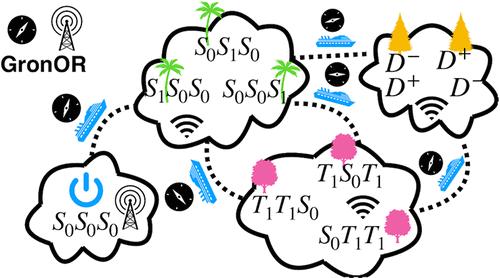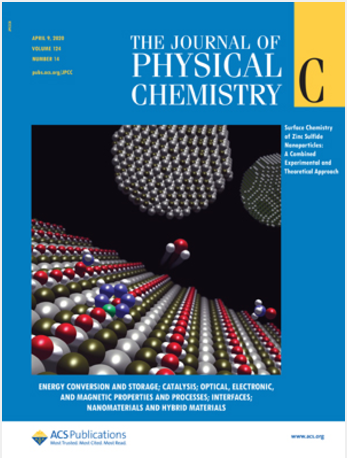Nonorthogonal Configuration Interaction for Singlet Fission: Beyond the Dimer
IF 3.3
3区 化学
Q2 CHEMISTRY, PHYSICAL
引用次数: 0
Abstract
Non-orthogonal configuration interaction with fragment calculations are presented for a number of compounds that show singlet fission properties: (i) four perylene-diimide derivatives, (ii) crystalline pentacene and its (B,N)-substituted variant, and (iii) a regular and a distorted stack of three indolonaphthyridine molecules. The electronic couplings between the singlet excitonic states (S1) and the singlet-coupled double triplet (T1T1), the so-called singlet fission coupling, were computed from ensembles with two and three molecules, and except for some small deviations when charge transfer states were included, results are virtually the same. Ensembles of three molecules were used to study the mechanisms of triplet separation, double triplet diffusion, and singlet and triplet exciton diffusion. The calculations show that apart from the standard mechanism for the generation of two uncoupled triplet states (S1 → T1T1 → T1...T1), there are two other possible pathways: the direct generation from the singlet excitonic state (S1 → T1...T1) and the process in which the excitonic state evolves in a superposition of T1T1 and T1...T1 states. The electronic coupling for triplet diffusion is in general much smaller than for singlet diffusion.

求助全文
约1分钟内获得全文
求助全文
来源期刊

The Journal of Physical Chemistry C
化学-材料科学:综合
CiteScore
6.50
自引率
8.10%
发文量
2047
审稿时长
1.8 months
期刊介绍:
The Journal of Physical Chemistry A/B/C is devoted to reporting new and original experimental and theoretical basic research of interest to physical chemists, biophysical chemists, and chemical physicists.
 求助内容:
求助内容: 应助结果提醒方式:
应助结果提醒方式:


